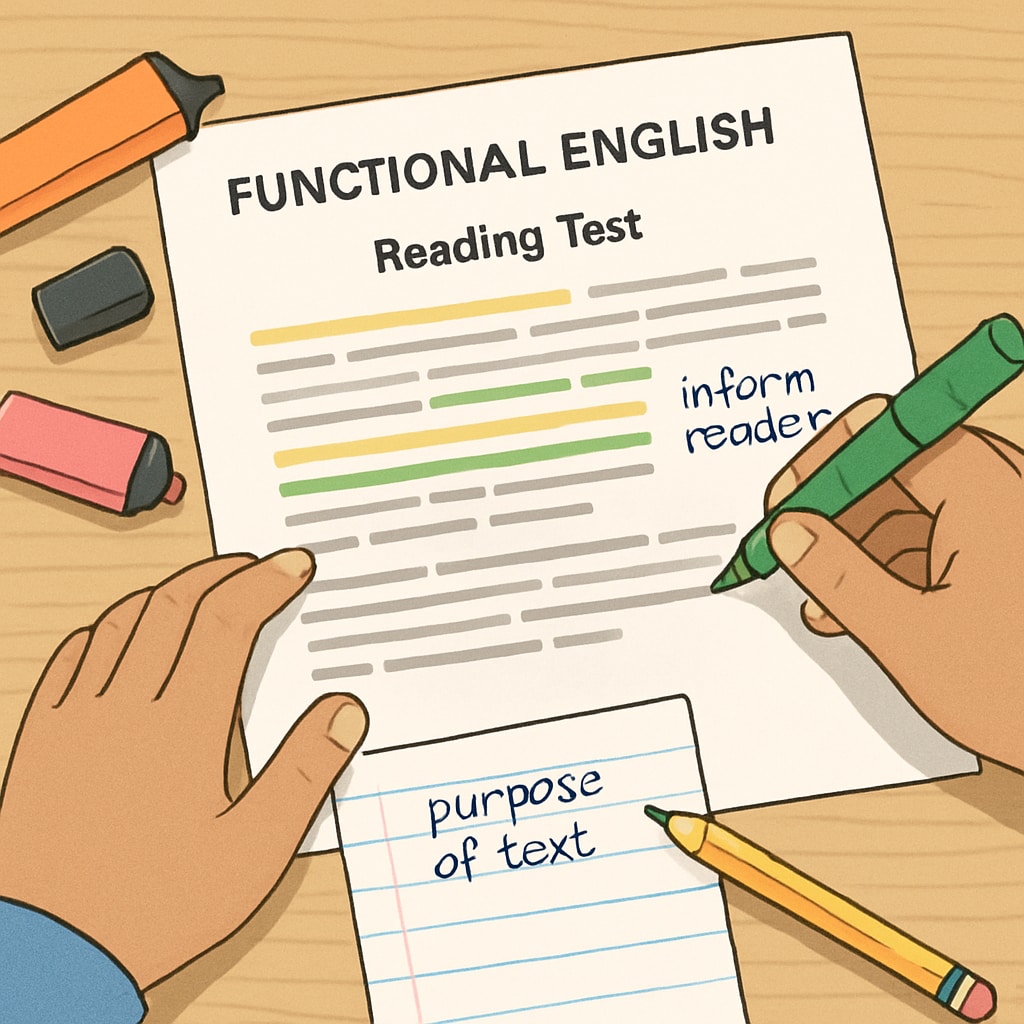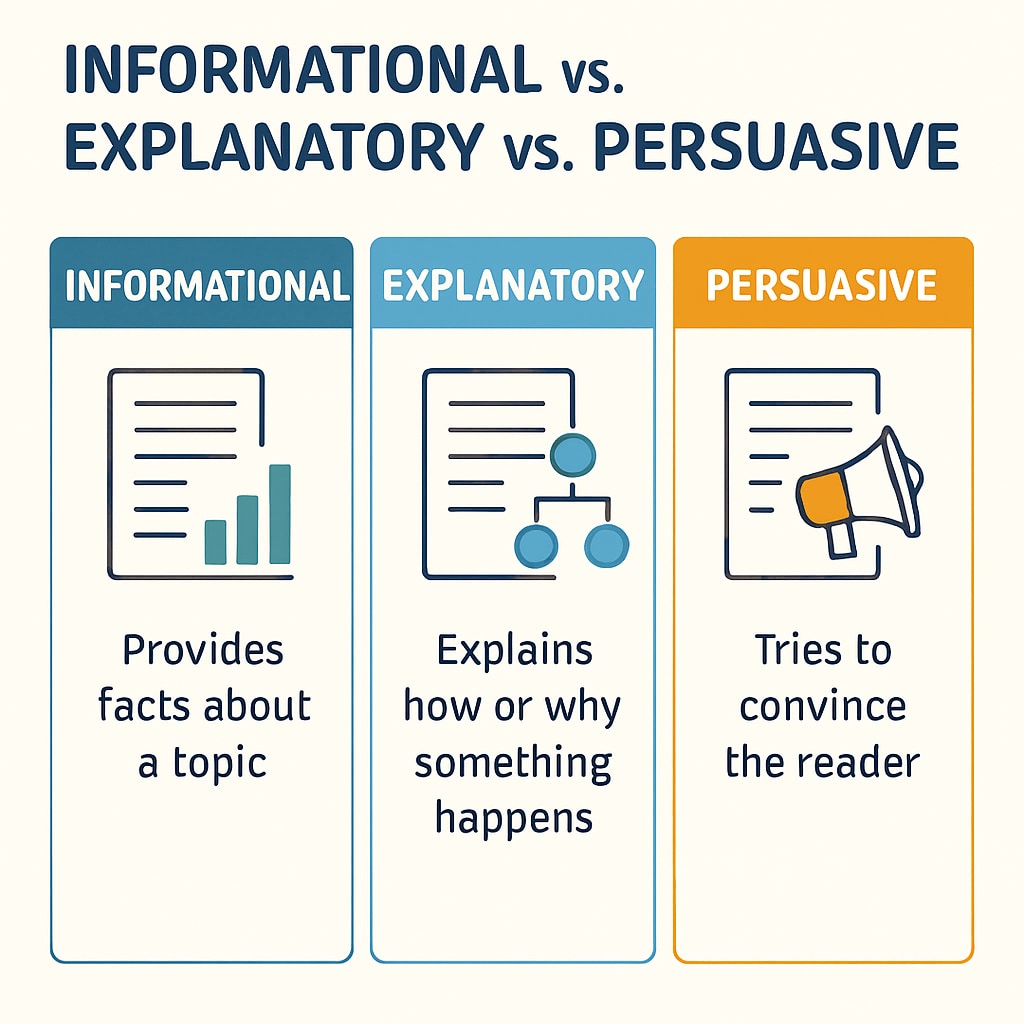Functional English Level 2 reading tests often challenge students with the task of determining a text’s purpose. Whether informational, explanatory, or persuasive, understanding the purpose behind the text is key to mastering reading comprehension. This article aims to address common difficulties in this area, offering practical methods and examples to help students succeed.
Understanding the Types of Text Purpose
In Functional English tests, texts are typically designed with one of three main purposes: to inform, to explain, or to persuade. Identifying the type requires careful attention to the language, structure, and intent. Below, we break down each type:
- Informational Texts: These texts aim to provide facts or data without personal opinions or emotional appeal. Examples include news articles, reports, or instructional manuals.
- Explanatory Texts: Explanatory texts focus on clarifying processes or concepts. They often provide step-by-step guides or detailed descriptions, such as scientific explanations or “how-to” articles.
- Persuasive Texts: Persuasive texts are designed to convince the reader of a particular viewpoint or encourage action. Common examples include advertisements, opinion pieces, or campaign messages.

Strategies to Identify Text Purpose
Determining text purpose requires more than just reading the content. Here are some actionable strategies:
- Analyze the Language: Look for specific markers. Informational texts use neutral language and facts, explanatory texts use process-oriented words like “steps” or “methods,” and persuasive texts contain emotional appeals or calls to action.
- Examine the Structure: Informational texts often follow a logical sequence of data, explanatory texts may include numbered steps or diagrams, and persuasive texts frequently employ rhetorical questions and emotive arguments.
- Consider the Context: Understand the audience and the reason the text was created. For instance, an advertisement is clearly meant to persuade, while an instruction manual is likely informational.
- Look for Signal Words: Certain keywords can indicate text purpose. Informational texts use terms like “statistics,” explanatory texts use “process,” and persuasive texts feature “should,” “must,” or “believe.”

Applying Strategies: Practical Examples
Let’s explore examples to solidify understanding:
Example 1:
Text excerpt: “The new vaccine is 95% effective and has been approved by health authorities. It is now available at local pharmacies.”
Purpose: Informational. This text provides facts without persuading or explaining processes.
Example 2:
Text excerpt: “To register for the program, visit our website, complete the online form, and submit your documents. Once approved, you will receive an email confirmation.”
Purpose: Explanatory. The text outlines steps in a clear, process-oriented manner.
Example 3:
Text excerpt: “Join us in our mission to save the planet! Switch to renewable energy sources today and make a difference for future generations.”
Purpose: Persuasive. The text uses emotional appeals and a call to action to convince readers.
Final Tips for Success
To excel in Functional English reading tests, practice is essential. Regularly review different types of texts and apply the strategies outlined above. Additionally, focus on improving your ability to identify subtle cues in language and formatting. Over time, distinguishing text purposes will become second nature.
For further reading on text analysis, visit Textual Analysis on Wikipedia or explore Reading Comprehension on Britannica.
Readability guidance: Use short paragraphs, bullet points, and practical examples to simplify complex concepts. Ensure that transitions between sections are smooth and logical.


